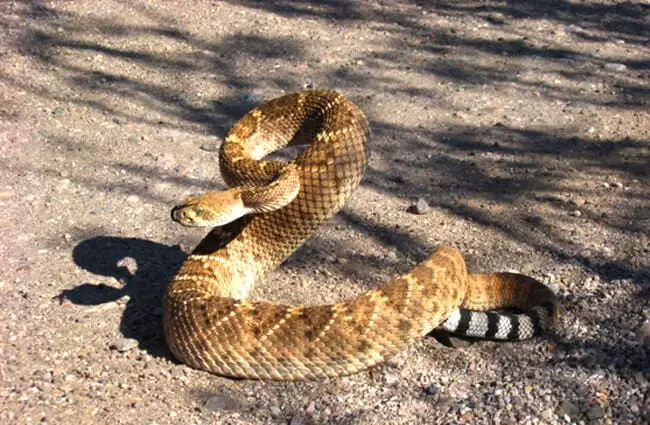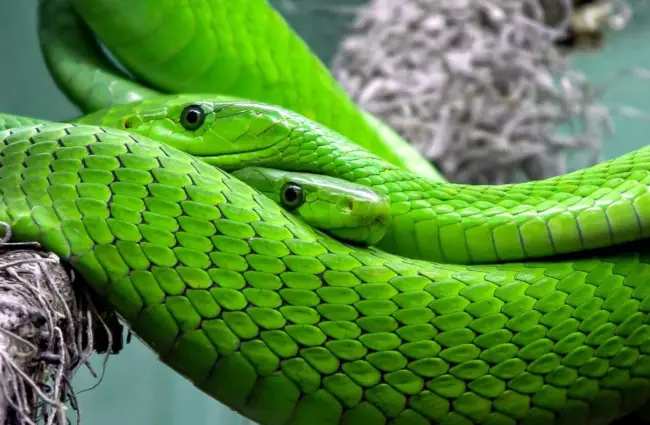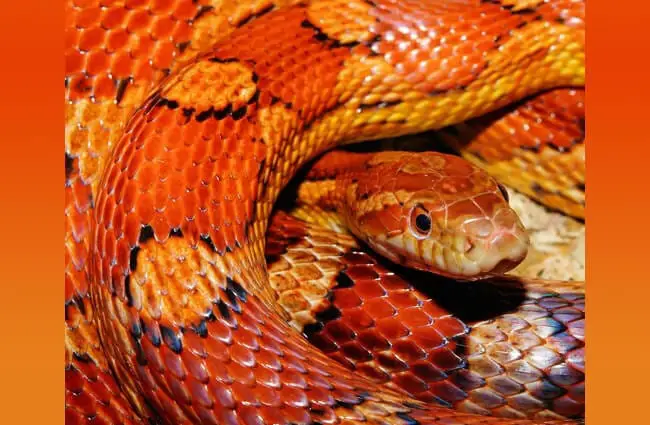Snakes. The very word evokes a mix of fascination, fear, and respect. These legless reptiles have slithered their way into mythology, symbolism, and the very fabric of ecosystems across the globe. But beyond the stereotypes, what do we truly know about these remarkable creatures? This comprehensive guide delves into the world of snakes, exploring their biology, behavior, evolution, and relationship with both the natural world and humankind.
What is a Snake? An Introduction to Serpentes
Snakes belong to the suborder Serpentes within the order Squamata, which also includes lizards. Distinguished by their elongated, cylindrical bodies, scales, and lack of limbs, snakes have adapted over millions of years to thrive in a diverse range of habitats. While most species lack legs, some primitive snakes retain vestiges of hind limbs as small spurs. These spurs are often visible during mating or can aid in gripping surfaces. Snakes are found on every continent except Antarctica, and inhabit diverse environments from dense rainforests and arid deserts to grasslands and even aquatic ecosystems.

Snake Anatomy and Physiology
A snake’s body is a marvel of evolutionary engineering. The vertebral column can consist of hundreds of vertebrae, allowing for incredible flexibility and a characteristic sinuous movement. Ribs are not connected to a sternum, further enhancing flexibility. Snakes possess a highly developed sensory system, despite lacking external ears. They detect vibrations through their jawbone and the ground, and many species have specialized heat‑sensing pits that allow them to locate warm‑blooded prey. The Jacobson’s organ, or vomeronasal organ, is crucial for chemoreception, allowing snakes to taste the air and track scents. Their scales, composed of keratin, provide protection and reduce water loss. The shedding of skin, known as ecdysis, allows for growth and removes parasites.
A Journey Through Snake Evolution
The evolutionary history of snakes is a fascinating puzzle. Fossil evidence suggests that snakes evolved from burrowing lizards during the Cretaceous period, approximately 128 to 100 million years ago. The loss of limbs was likely an adaptation to this subterranean lifestyle. Early snakes were likely small and fed on invertebrates, but over time they diversified and evolved into the wide array of species we see today. Key evolutionary innovations, such as venom delivery systems and specialized feeding mechanisms, contributed to their success. The development of the kinetic skull, a skull with loosely connected bones, allowed for the swallowing of prey much larger than their head.
Where Do Snakes Live? Habitats and Distribution
Snakes are remarkably adaptable and occupy a vast range of habitats. Different species exhibit distinct preferences. For example, the green mamba thrives in the dense rainforests of Africa, utilizing arboreal lifestyles, while desert sidewinders are adapted to the harsh conditions of arid regions, burying themselves in sand to escape the heat. Aquatic snakes inhabit rivers, lakes, and oceans, possessing adaptations like flattened tails for swimming. Geographic distribution varies widely. The majority of snake species are found in tropical regions, where warm temperatures and abundant prey support high biodiversity. However, snakes also inhabit temperate and even cold climates, demonstrating remarkable resilience.

What Do Snakes Eat? Diet and Feeding Strategies
Snakes are carnivores, and their diet varies depending on species, size, and habitat. Some snakes specialize in feeding on specific prey, while others are generalists. Small snakes often consume insects, worms, and amphibians. Larger species prey on rodents, birds, reptiles, and even larger mammals. Snakes employ a variety of hunting strategies. Some are ambush predators, lying in wait for unsuspecting prey. Others actively pursue their targets. Constrictors, like boas and pythons, subdue prey by squeezing, while venomous snakes inject toxins to immobilize or kill their victims. Snakes swallow their prey whole, relying on powerful digestive enzymes to break down the meal. Digestion can take several days or even weeks, depending on the size of the prey and the surrounding temperature.
Snake Reproduction and Life Cycle
Snake reproduction varies among species, but most snakes are oviparous, meaning they lay eggs. The eggs are typically leathery and are incubated by the sun or through metabolic heat generated by the mother. Some species, like boas and garter snakes, are viviparous, giving birth to live young. Mating rituals can be complex, involving courtship displays and combat between males competing for females. Female snakes typically lay a clutch of eggs, and the number of eggs varies depending on species and size. Hatchlings are independent from birth and must fend for themselves. Snakes continue to grow throughout their lives, shedding their skin periodically to accommodate increasing size. Lifespans vary considerably, ranging from a few years to several decades.

Snakes and the Ecosystem: Their Ecological Role
Snakes play a vital role in maintaining the health and balance of ecosystems. As predators, they help control populations of rodents, insects, and other animals. They serve as prey for larger predators, such as birds of prey, mammals, and even other snakes. Snakes contribute to nutrient cycling through their waste products and decomposition. They are important indicators of environmental health, as their presence or absence can reflect the quality of the habitat. Some snakes, like rattlesnakes, are considered keystone species, meaning their presence has a disproportionately large impact on the ecosystem.
Snakes and Humans: A Complex Relationship
Throughout history, snakes have held a significant place in human culture, mythology, and symbolism. They have been revered as deities, feared as demons, and used as symbols of power, healing, and transformation. However, human‑snake interactions are often fraught with conflict. Habitat destruction and fragmentation pose a major threat to snake populations. Persecution based on fear and misunderstanding contributes to declines. Snake bites are a public health concern in some regions. Snakes also provide valuable services, such as controlling rodent populations in agricultural areas.

If You Encounter a Snake in the Wild
Most snakes are harmless and will avoid confrontation if given the opportunity. If you encounter a snake, remain calm and give it plenty of space. Do not attempt to handle or provoke it. If the snake is venomous, slowly back away and seek medical attention if bitten. Wear appropriate footwear and clothing when hiking in areas where snakes are known to occur. Be aware of your surroundings and avoid reaching into areas where you cannot see.
Caring for Snakes in Captivity
Keeping snakes as pets requires a significant commitment. Snakes need a secure enclosure that provides appropriate temperature, humidity, and lighting. They require a varied diet of appropriately sized prey. Regular cleaning and sanitation are essential to prevent disease. Handling should be done gently and respectfully. It is crucial to research the specific needs of the species before acquiring a snake. Owning certain species may be restricted or illegal in some areas.
Interesting Snake Facts
- Some snakes can glide between trees using flattened ribs.
- The reticulated python is the longest snake in the world, reaching lengths of over 30 feet.
- The inland taipan is considered the most venomous land snake in the world.
- Some snakes can detect infrared radiation, allowing them to see heat signatures.
- Snakes do not have eyelids and rely on a transparent scale called a brille to protect their eyes.
- Some snake species can change color to camouflage themselves.


Snakes are fascinating creatures that deserve our respect and understanding. By learning more about these remarkable reptiles, we can appreciate their ecological importance, address the threats they face, and foster a more harmonious coexistence.

![Red Angus Closeup of a beautiful Red Angus cowPhoto by: U.S. Department of Agriculture [pubic domain]https://creativecommons.org/licenses/by/2.0/](https://animals.net/wp-content/uploads/2020/03/Red-Angus-4-238x178.jpg)




![Red Angus Closeup of a beautiful Red Angus cowPhoto by: U.S. Department of Agriculture [pubic domain]https://creativecommons.org/licenses/by/2.0/](https://animals.net/wp-content/uploads/2020/03/Red-Angus-4-100x75.jpg)

